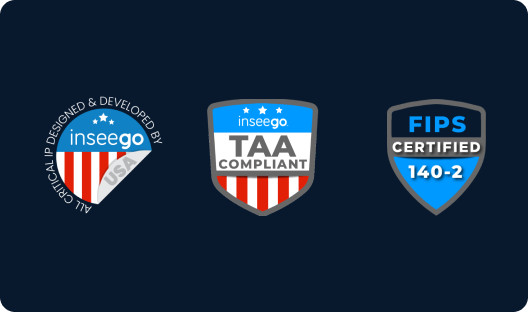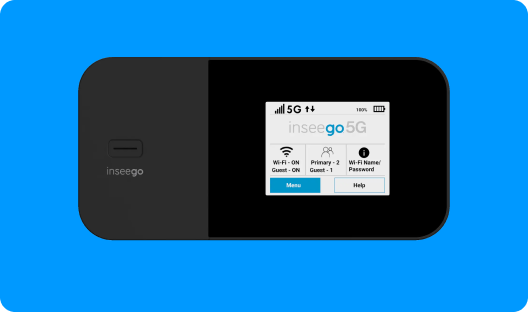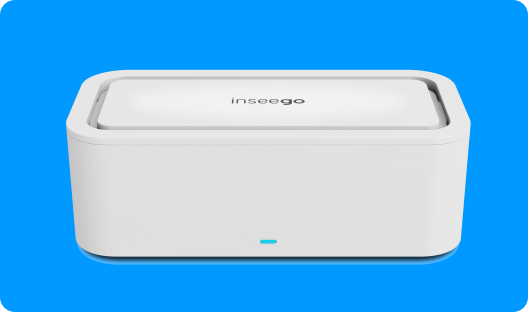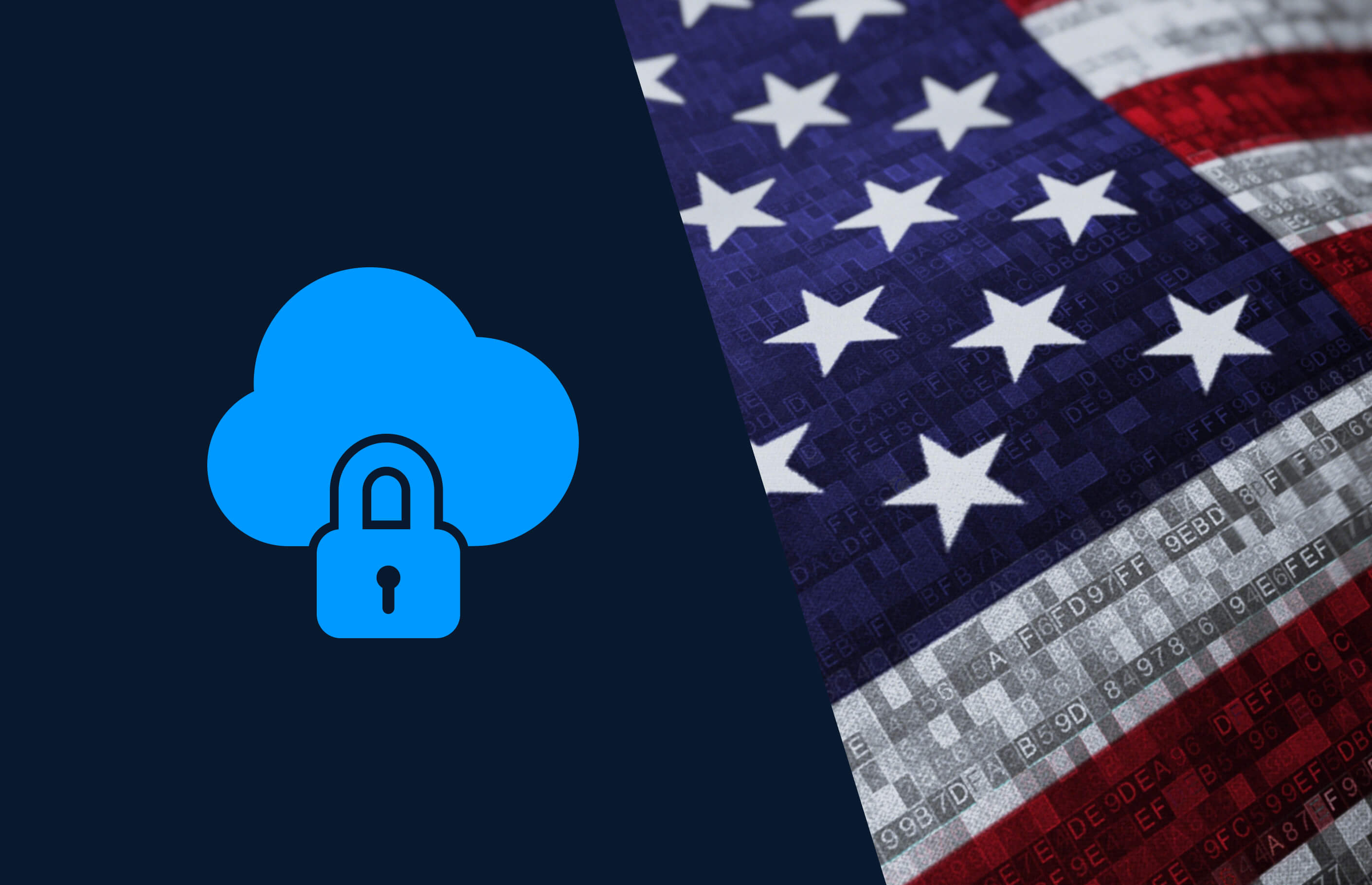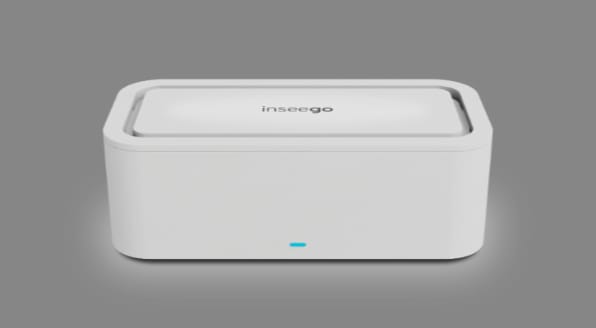Also in this category
View more in SD-WAN & WANSD-WAN & WAN
Enhance efficiency and security with effective SASE deployments
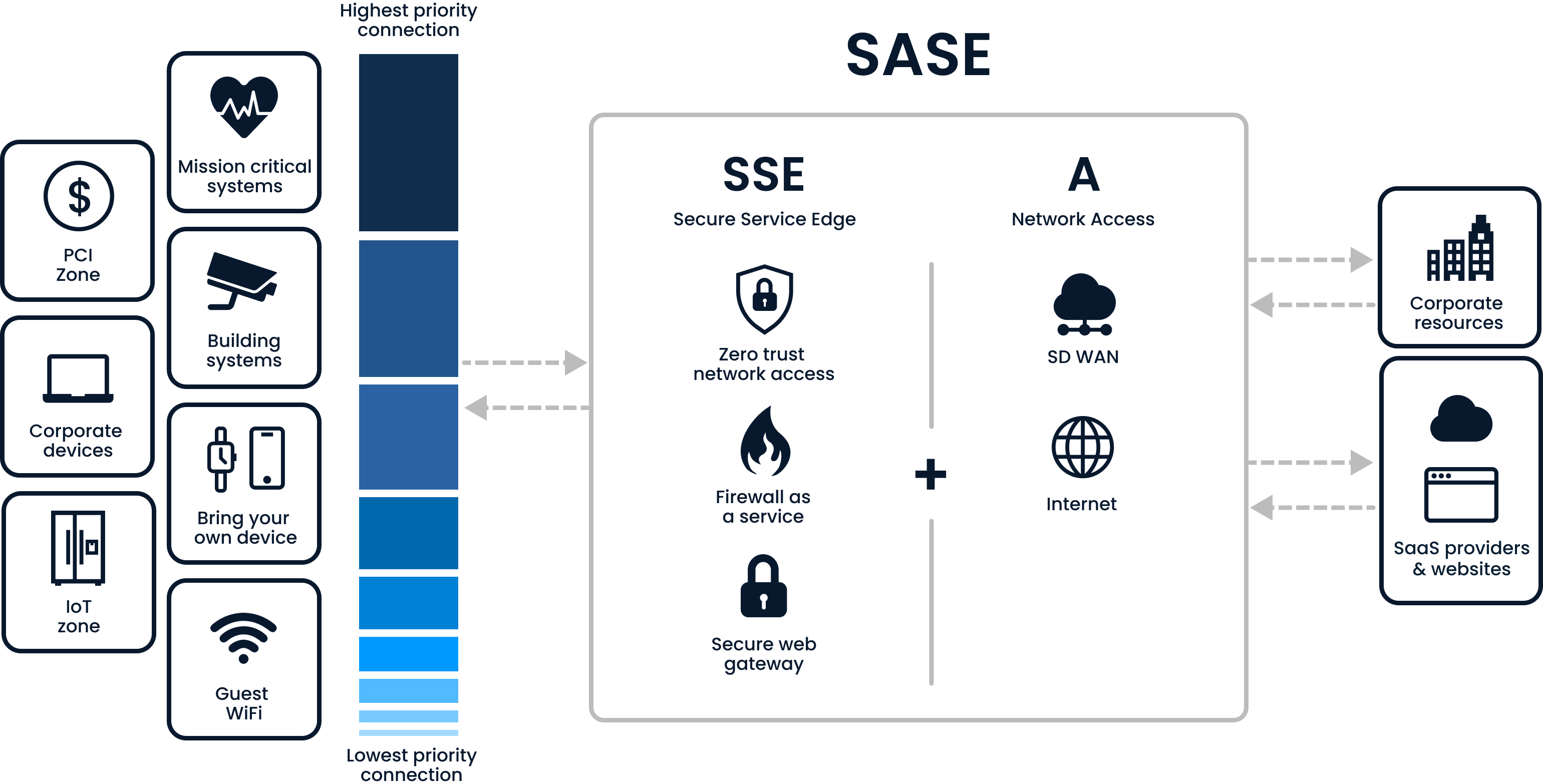
The growing adoption of cloud-based networking, and ever-larger populations of remote workers, are driving enterprise demand for more powerful, further reaching, and highly secure networks. A secure access service edge (SASE) solution allows enterprises to better leverage cloud technologies and ensure remote workers can work effectively without compromising network security.
A SASE solution combines software-defined wide area network (SD-WAN) and secure service edge (SSE) technology into one network, cloud security, and connectivity framework. This framework can be further enhanced with networking and security functions using technologies and techniques, such as next-generation firewalls, secure web gateways (SWG), cloud access security brokers (CASB), and zero-trust network access (ZTNA). The framework’s centralized management, scalability, and flexibility make it easier for businesses to both optimize their network security and improve the user’s experience.
Explore Inseego's SASE solutionThe power and flexibility the SASE framework offers is rapidly increasing adoption dates. Gartner predicts that “over the next five years, the market for secure access service edge will grow at a compound annual growth rate of 29%, reaching over $25 billion by 2027.” Effective adoption necessitates effective deployment.
Here are four critical steps your enterprise should follow to optimize the deployment of an SASE solution.
1. Evaluate existing network security infrastructure
Before implementing an SASE solution, it’s crucial to evaluate your current network security infrastructure and identify any gaps or areas that need improvement.
Assess your existing firewalls, VPNs, and other security solutions and identify any challenges or limitations they may have in terms of connectivity, scalability, and cloud access. This evaluation will help you determine which specific SASE services and solutions you need, such as firewall-as-a-service (FWaaS), url filtering, CASB, and ZTNA, to meet your business needs.
It can also be very helpful to read case studies and other real-life accounts from enterprises who have implemented SASE successfully, particularly if it’s been done by other businesses in your industry. These can point to primary areas of concern, both from a network and from a business perspective.
2. Develop a comprehensive SASE implementation plan
A comprehensive implementation plan that includes input from your IT team, security teams, and other relevant stakeholders is a must.
This plan should outline the specific SASE architecture and services you will deploy, as well as the steps and timeline for implementation. It should also include strategies for migrating from your current on-premises solutions to cloud-based SASE, while minimizing disruption to your network traffic and user experience.
Key considerations for developing your SASE implementation plan include:
- Identifying use cases and business processes that can benefit most from SASE capabilities, such as secure remote access for branch offices and remote users
- Setting clear goals and objectives for SASE deployment
- Defining security policies that will be enforced through SASE
- Evaluating SASE vendors and selecting the one that best meets your business needs
- Ensuring compatibility and integration of SASE with your existing security and networking tools
3. Implement your SASE deployment in phases
Once you have your plan, it’s time to start putting it into practice. But as with any major technology deployment, it’s recommended to implement SASE in phases rather than all at once. This will allow you to thoroughly test and adjust each phase before moving on to the next.
A phased approach also helps minimize disruption to your business operations and allows you to assess the effectiveness of each of the deployed capabilities. This way, you can ensure that you get the clearest and most accurate picture of how useful (or not) each capability is.
It’s also important to include specific milestones for what should be accomplished in each phase and the expected timeline for each. This will help you track progress and make any necessary adjustments along the way.
4. Train your team, monitor performance, and keep your solution up to date
The work doesn’t end once your SASE solution is deployed: training your team on how to use and manage it effectively is important. This includes training on security policies, configuring settings, and troubleshooting issues.
You should also monitor your SASE solution’s performance and configuration to ensure it continues to meet your business needs and security requirements. These needs and requirements can change over time, either because your business has changed or the business environment has, so it’s important to regularly re-evaluate. This will also help you identify any potential performance issues that may require optimization or fine-tuning.
It’s equally important to keep your SASE solution up to date with the latest security patches and updates to ensure your network stays protected against emerging cyber threats, such as ransomware and malware. Just as the business environment can change, the cybersecurity environment is constantly changing and evolving, often rapidly.
Inseego has industry-leading experts and solutions
The importance of expertise throughout your SASE solution deployment is hard to overstate. Inseego has the deep expertise and extensive resources your enterprise needs to make the right decisions at every step of the SASE implementation process.
Our SASE and SD-WAN solution pages offer in-depth information on the benefits, features, and use cases of SASE and SD-WAN, as well as real-world case studies and success stories from businesses that have implemented these solutions. Inseego’s solution pages also provide information on the different SASE and SD-WAN solutions offered by Inseego and how they can be customized to fit your specific business needs.
And Inseego SASE and SD-WAN experts are ready to help you make the transition to a more secure network architecture. Their technical know-how and extensive experience will help ensure implementing SASE in your enterprise network will meet your business needs, from enhanced network security or scalability to an improved user experience.
Contact us to speak with our experts, or check out our SASE and SD-WAN solution pages for more information on how these technologies can help your business.


